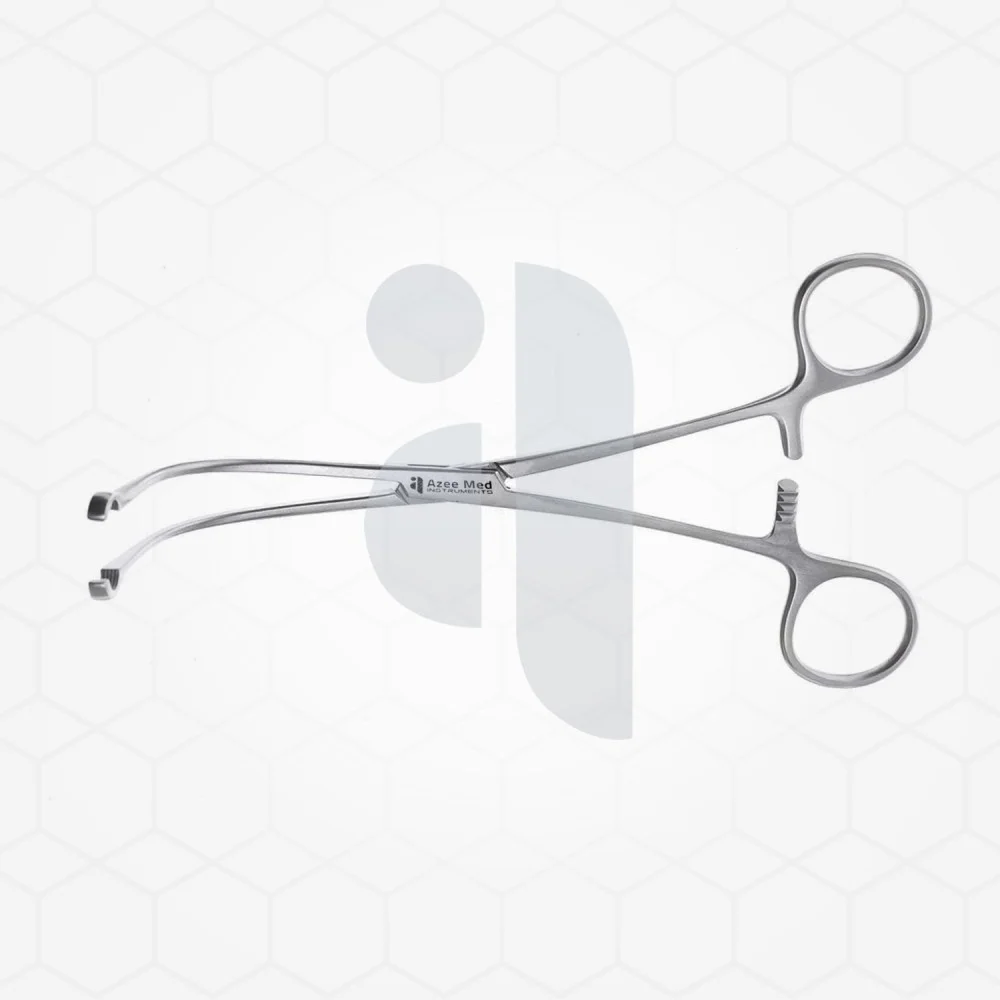
Surgical instruments play a vital role in the medical field, with each tool designed to meet specific needs. One essential instrument is the shunt clamp, used primarily in vascular and neurosurgical procedures. This shunt clamp tool ensures precision and safety during intricate operations, making it a critical component in modern surgery.
The Purpose and Functionality of Shunt Clamps
A shunt clamp is designed to temporarily control or divert blood flow in delicate surgical procedures. It is particularly effective in surgeries involving blood vessels or delicate tissues, allowing surgeons to work efficiently without excessive bleeding. Unlike forceps medical instruments used for gripping or holding tissues, a shunt clamp ensures controlled pressure, which is vital to maintain the integrity of blood vessels.
The functionality of a shunt clamp lies in its ability to create a secure yet gentle hold, preventing damage to tissues while providing enough restriction to manage blood flow. This makes it invaluable in vascular surgeries or when inserting shunts to treat conditions like hydrocephalus.
Differentiating Shunt Clamps from Hemostatic Clamps
While both shunt clamps and hemostatic clamps are commonly used in surgery, they serve distinct purposes. Hemostatic clamps focus on stopping bleeding by pinching blood vessels, while shunt clamps work to guide or redirect blood flow during precise operations. The nuanced design of shunt clamps ensures that they apply minimal force, reducing any risk of further complications during intricate procedures. This distinction enhances their role in neurology and cardiology, where precision is paramount.
The Importance of Quality in Surgical Devices
The reliability of instruments like shunt clamps cannot be overstated. High-quality tools ensure not only the success of the surgical procedure but also the safety and well-being of the patient. Manufacturers of such instruments constantly innovate to meet the demanding needs of the medical field, ensuring durability, efficiency, and ease of use. By combining the advanced engineering seen in forceps medical devices with the unique functionality of hemostatic clamps, shunt clamps have evolved to meet rigorous surgical standards.
conclusion
Shunt clamps are indispensable in medical procedures that require precision and control. They significantly improve outcomes by managing blood flow effectively, reducing surgical risks, and enhancing the efficiency of delicate operations like vascular and neurosurgery. With their unique ability to blend control and safety, shunt clamps continue to be a trusted tool across surgical disciplines, contributing profoundly to the success and advancement of modern medicine.